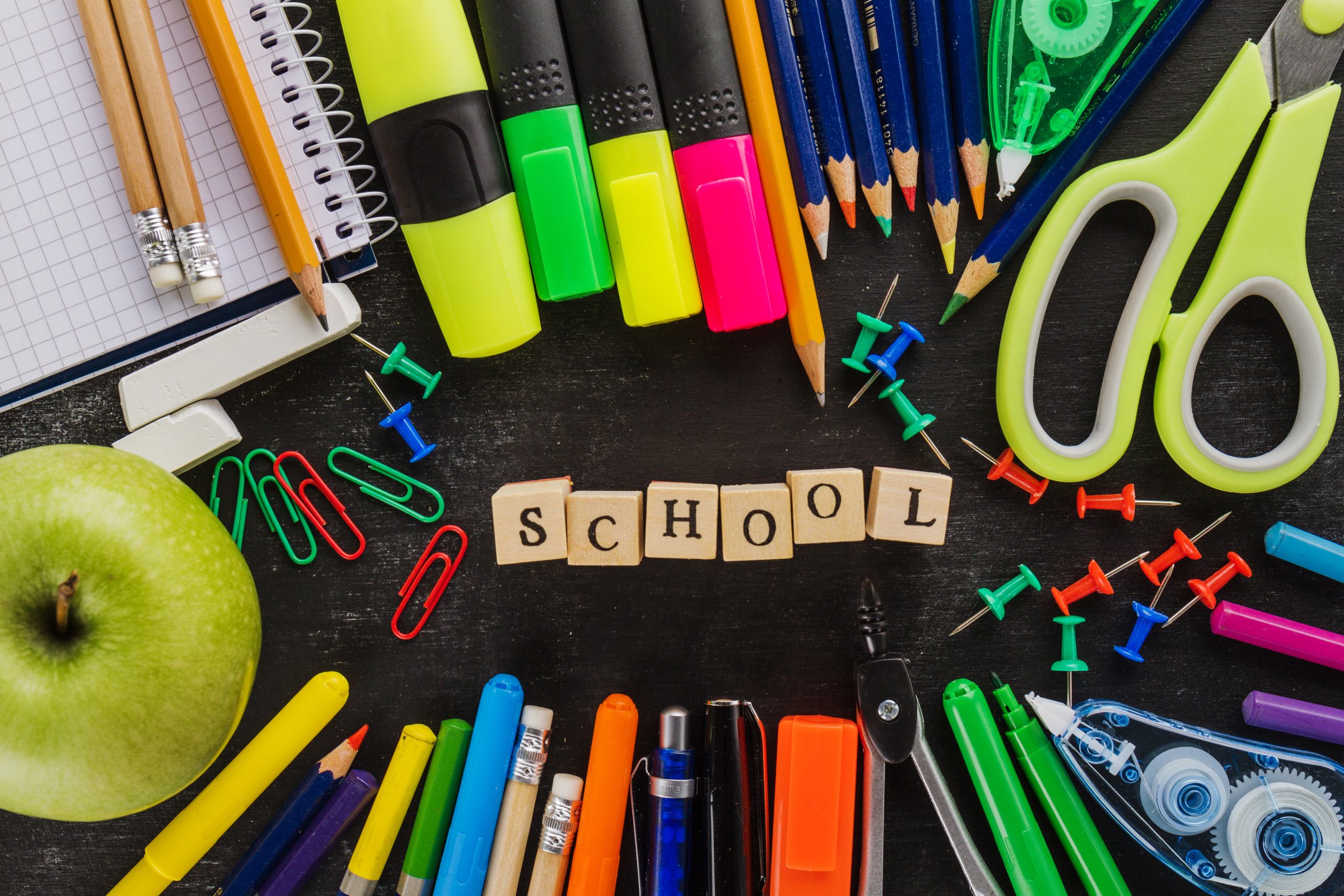Are you ready to make the 100th day of school a blast? It’s time to gather up all the supplies you’ll need to celebrate this special milestone. From counting items to sorting and categorizing activities, there are endless possibilities for making this day memorable. Get your creative juices flowing as you think about what items will enhance your child’s learning experience. Whether it’s math concepts, art supplies, nature items, or even household tools, we’ve got you covered. So grab your chosen items and get ready to make the 100th day of school one to remember. Let’s make this celebration a success!
Developmental Math Concepts
Bring items that align with your child’s developmental math concepts for the 100 Days of School celebration. This is a great opportunity to reinforce counting strategies and number sense activities. Consider bringing math games, math manipulatives, and items that can help build your child’s math vocabulary. Counting by tens and ones using objects like coffee stirrers or Popsicle sticks can be a fun and interactive way to practice. For preschoolers and kindergartners, focusing on bundles or groups of five or ten for collections of 100 can be a great activity. First graders can count to 100 and do count-up or count-down activities. Second graders can count to 100 by twos, fives, or tens and bundle items in different groupings. Remember, more complex math problems may not be appropriate until fourth grade. So, choose items that are age-appropriate and will engage your child in meaningful math learning.
Class Collections for the 100th Day of School
Contribute to the excitement of the 100th Day of School celebration by adding your unique item to the class collection. The class collections are a fun way for students to showcase their creativity and contribute to a collective display of 100 items. It is important to consider the practicality of the items you choose, as well as the teacher’s expectations and any specific themes for the class collection.
To give you some ideas, here are a few examples of items that could be included in the class collections:
| Class Collections | Practicality of Items | Teacher’s Expectations | Themes |
|---|---|---|---|
| Kitchen items | Useful and easily counted | Clean and in good condition | Cooking |
| Coins | Valuable and educational | Sorted and organized | Money |
| Office supply items | Functional and versatile | Neatly arranged | Organization |
By understanding the practicality of the items, you can choose something that is both meaningful and manageable for the class collection. Additionally, considering the teacher’s expectations and any themes that may have been set will help ensure that your contribution aligns with the overall display.
Ideas for Individual 100th School Day Collections
Get creative and start brainstorming ideas for your own unique 100th School Day collection! The 100th day of school is a special milestone worth celebrating, and coming up with a creative collection of 100 items can make the day even more exciting. Here are some ideas to inspire you:
- Bottle caps: Gather 100 different bottle caps from various beverages to create a colorful and unique collection.
- Popsicle sticks: Use 100 popsicle sticks to build structures or create a piece of art. Let your imagination run wild!
- Beads: String together 100 colorful beads to make a necklace or bracelet. You can mix and match different shapes and sizes for a fun and vibrant collection.
These ideas not only provide an opportunity to count and practice counting strategies, but also allow you to showcase your creativity and individuality. Remember, the 100th day of school is all about celebrating your achievements and having fun in the classroom. So, choose items that you find interesting and enjoy the process of creating your own unique collection.
Counting Items for the 100th Day of School
You can gather a variety of items to count and celebrate the 100th day of school. Counting items is not only a fun and interactive way to mark this milestone but also a great opportunity for math skills development. By counting with everyday objects, children can practice counting techniques and enhance their understanding of numbers. Here are some creative collection ideas for the 100th day of school:
| Category | Items | Interactive Activity |
|---|---|---|
| Food Items | 100 grapes | Sorting and categorizing by color |
| Art Supplies | 100 stickers | Crafting with items after counting |
| Office Supplies | 100 push pins | Estimation jar activity |
| Nature Items | 100 leaves | Sorting and measuring for height |
| Toys | 100 puzzle pieces | Categorizing by shape/color |
| Household Items | 100 paper cups | Teaching volume/area with 100 items |
These activities not only make counting fun and engaging but also allow children to explore different concepts such as sorting, categorizing, and measuring. By incorporating these interactive counting activities into the celebration, children can develop their math skills while having a great time. So, gather your items, get counting, and make the 100th day of school a memorable and educational experience!
Categorizing Items by Color
To categorize items by color for the 100th day of school, start by sorting and organizing different objects based on their hues. This activity not only helps children develop their color recognition skills, but it also encourages them to think critically and engage in hands-on learning. Sorting by color can be done in various ways, such as creating rainbow collections, playing color sorting games, or participating in a color scavenger hunt.
Here are three ideas to make categorizing items by color even more exciting:
- Color Wheel Activities: Create a color wheel using different objects in each color category. This activity helps children understand the relationship between primary and secondary colors.
- Colorful Art Projects: Encourage children to create artwork using only one color or a combination of colors. They can use materials like colored pencils, markers, or paint to bring their colorful creations to life.
- Rainbow Collections: Challenge children to collect 100 objects in each color of the rainbow. They can find items around their home or classroom, or even go on a nature walk to discover colorful treasures.
Sorting and Measuring for Height/Length
Start by sorting and measuring objects for height or length to explore the concept of measurement on the 100th day of school. This activity allows you to practice sorting by size, measuring length, comparing heights, and organizing by category. To make it more interesting, you can use a table to categorize and measure different objects. Here’s an example:
| Objects | Height/Length |
|---|---|
| Pencils | 7 inches |
| Crayons | 3.5 inches |
| Rulers | 12 inches |
| Markers | 5 inches |
In this table, you can sort the objects by their size and measure their height or length using a ruler. You can compare the heights of the pencils, crayons, rulers, and markers to see which one is the tallest or shortest. This activity not only helps you practice measurement skills, but it also enhances your ability to categorize objects based on their shape or size. So, grab some objects, a ruler, and start sorting and measuring to have fun while learning on the 100th day of school!
Sorting Items by Type
To sort items by type on the 100th day of school, gather different objects and categorize them based on their similarities. This activity helps in organizing collections and grouping objects together. By categorizing materials, you can easily classify objects and make the process of counting and sorting more efficient. Here are three key benefits of sorting items by type:
- Organization: Sorting items by type allows you to create a systematic arrangement of objects. It helps in keeping track of different items and makes it easier to find what you need.
- Grouping: Categorizing items based on their similarities helps in creating groups of objects that share common characteristics. This allows you to identify patterns and make comparisons between different groups.
- Classification: By sorting items by type, you can classify objects into different categories or classes. This helps in understanding the characteristics and properties of each group.
Teaching Volume/Area With 100 Items
Explore the concept of volume and area by using 100 items in hands-on activities. Teaching volume and area with 100 items allows students to engage in practical and interactive learning experiences. Here are some ideas to incorporate into your lessons:
- Exploring different containers for measuring volume/area with 100 items: Provide students with various containers, such as cups, boxes, or bottles, and challenge them to fill each container with 100 items. They can then compare the volume or area of different containers.
- Creating 3D shapes using 100 items and calculating their volume: Encourage students to construct different 3D shapes using 100 items, such as building blocks or LEGO bricks. They can then calculate the volume of each shape using formulas or by counting the number of items it takes to fill the shape.
- Comparing the volume/area of different objects using 100 items: Have students collect different objects and sort them into groups of 100. They can then compare the volume or area of the objects within each group and discuss their findings.
- Investigating the relationship between volume and height using 100 items: Provide students with objects of varying heights, such as stacks of books or blocks. They can then explore how the volume of an object changes as its height increases or decreases.
- Estimating the volume/area of objects using 100 items and then measuring to check accuracy: Challenge students to estimate the volume or area of different objects using 100 items. After making their estimations, they can measure the actual volume or area to check their accuracy.
Crafting With Items After Counting to 100
You can get creative and craft with the items you’ve counted to 100. After completing the counting activity, you can use the materials to make unique crafts and engage in fun DIY projects. Crafting with items after counting to 100 is a great way to reinforce math concepts while also fostering creativity and imagination. Here are three fun craft ideas to try:
- Button Collage: Use the buttons you’ve counted to create a colorful and textured collage. Arrange the buttons on a piece of cardboard or paper and glue them down. You can create different shapes or designs, or even make a picture using the buttons as your medium.
- Popsicle Stick Picture Frame: Take the popsicle sticks you’ve counted and use them to create a picture frame. Arrange the sticks in a square or rectangular shape and glue them together. Decorate the frame with paint, markers, or stickers to make it unique. You can then insert a photo or drawing into the frame.
- Pipe Cleaner Animals: Take the pipe cleaners you’ve counted and twist them into different animal shapes. Bend and shape the pipe cleaners to create animals like cats, dogs, or even birds. Add googly eyes or other embellishments to bring your creations to life.
Crafting with the items you’ve counted to 100 allows you to combine math skills with creativity, resulting in fun and engaging art projects. Get your imagination flowing and start making unique crafts today!
Estimation Jar Activities
After counting and crafting with the items you’ve collected for the 100th day of school, it’s time to move on to estimation jar activities. Estimation jar activities are a fun way to practice math skills while sharpening your estimation abilities. In these activities, you will be presented with a jar filled with objects and your task is to estimate the number of items inside. This helps develop your ability to make educated guesses based on visual cues and reasoning.
Estimation jar games can be played with various objects such as plastic spoons, binder clips, puzzle pieces, game tokens, and rubber bands. The challenge is to estimate the number of items in the jar without counting them one by one. You can make it more exciting by turning it into a competition with your classmates or challenging yourself to beat your own previous estimations.
Estimation jar challenges can also be incorporated into math lessons. Teachers can use different estimation jar ideas to teach concepts such as counting, comparing quantities, and understanding numerical relationships. By estimating and then counting the actual number of items in the jar, students can practice their math skills and learn to make more accurate estimations.



